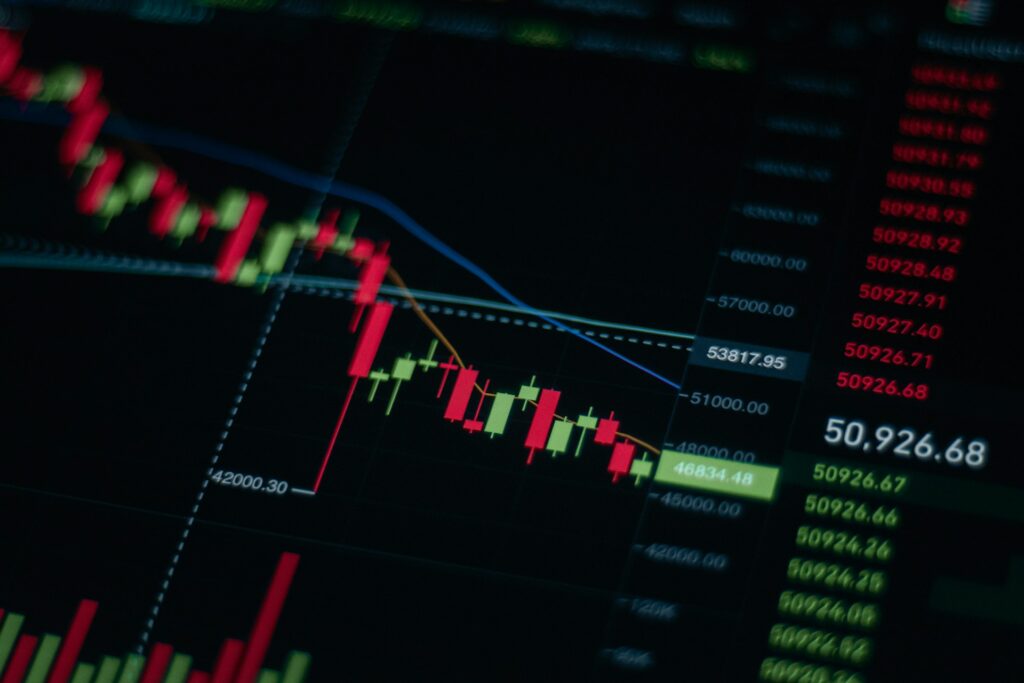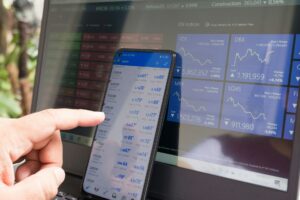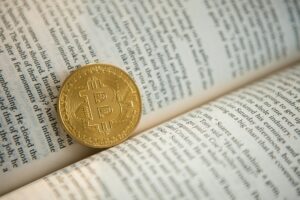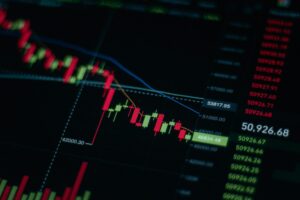Acquiring Knowledge of the Forex Market Sessions

Acquiring Knowledge of the Forex Market Sessions
Because it is open twenty-four hours a day, five days a week, the foreign exchange market, often known as the forex market, is the largest and most liquid financial market in the world. The foreign exchange market operates continuously throughout a number of different time zones, in contrast to stock markets, which have predetermined opening and closing hours. The overlapping sessions of the foreign exchange market, which are representative of major financial hubs all over the world, are what make this uninterrupted activity entirely conceivable. It is crucial for traders who wish to take advantage of market volatility and trading chances to have a solid understanding of these sessions.
1. The Four Most Important Sessions of the Foreign Exchange Market
The foreign exchange market is generally broken up into four primary trading sessions, each of which corresponds to a major financial hub across the world:
- Sydney Session: The beginning of the trading week takes place in Sydney, Australia, between 10 PM and 7 AM GMT. When compared to other sessions, this one is relatively quiet; however, it is the session that sets the tone for early market movements, particularly for currency pairs that involve the Australian and New Zealand dollars (AUD and NZD).
- Tokyo Session: Often referred to as the Asian session, Tokyo’s market activity overlaps with Sydney’s for a few hours during the noon to nine o’clock local time session. A number of yen-related currency pairs, including USD/JPY and EUR/JPY, are actively traded during this period. However, volatility is likely to stay mild throughout this session, despite the fact that liquidity is increasing.
- The London session, which takes place from eight in the morning to five in the afternoon GMT, is considered to be one of the busiest sessions in the foreign exchange market. Due to the fact that London is a major worldwide financial center, a significant number of foreign exchange transactions take place at this period. A significant amount of activity is seen in currency pairs such as GBP/USD, EUR/USD, and USD/CHF. As a result of traders in Europe reacting to economic news and data releases, volatility and trading volume reach their highest levels.
- New York Session: The New York session overlaps with London’s for several hours, generating one of the most active periods in forex trading. The New York session begins at one o’clock and ends at ten o’clock globally time. The U.S. dollar (USD) is the dominant currency during this session, and significant market-moving events frequently take place when economic data from the United States is released. Towards the conclusion of the trading day, the volume of transactions gradually falls as London closes its doors.
2. The Importance of Incorporating Duplicate Sessions
During the times when the sessions overlap, particularly between the London and New York sessions, the market is seeing the highest levels of liquidity and volatility compared to other times. It is commonly believed that now is the greatest period for traders to engage in trading because price fluctuations are more lively and spreads are more narrow. The overlap between Tokyo and London, on the other hand, is typically less happening since important actors are less likely to take part in it.
3. Identifying the Most Profitable Trading Session
Your trading technique, the time zone you are in, and the currency pairs you choose will determine the optimal trading session for you:
- If you are looking for extreme volatility, you should trade during the overlap between London and New York.
- The Asian session might be more suitable for you if you are looking for smooth motions.
Trading individual currencies is best done during the session in which that currency is most active. For instance, trading USD/JPY during the Tokyo session or trading GBP/USD during the London session are both examples of sessions that are ideal for trading specific currencies.
While it is essential to know what to trade, it is equally crucial to know when to trade. A better execution, lower expenses, and increased chances of success are all possible outcomes that can be achieved by timing your trades according to active sessions.
The Foreign Exchange Market Is Influenced by Different Time Zones
The foreign exchange market is characterized by its distinctive 24-hour structure, which enables dealers from all over the world to engage at virtually any time. Trading professionals are able to improve their planning abilities, capitalize on volatility, and match their tactics with global market activity when they have a thorough awareness of the various market sessions and how they overlap. The ability to trade at the right time can be just as powerful in foreign exchange trading as the ability to trade itself.





